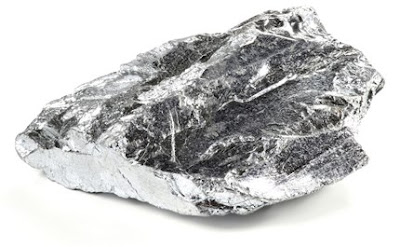20-November-2018: According to a report published by Grand View Research, Inc.; PVD faucet finishes market is likely to reach a valuation of around USD 11.8 billion by 2020.
Rapid urbanization and increasing government support for the construction industry in the form of tax waivers and low interest rates on home loans can propel the market during the forecast period (2015 to 2020). Additionally, increasing expenditure by hotel groups for renovation and increasing home constructions are expected to drive demand these products.
Rapid urbanization and increasing government support for the construction industry in the form of tax waivers and low interest rates on home loans can propel the market during the forecast period (2015 to 2020). Additionally, increasing expenditure by hotel groups for renovation and increasing home constructions are expected to drive demand these products.
Physical Vapor Deposition (PVD) is the method of bonding a finish to a faucet. This method provides resistance to wear and tear, corrosion, scratches, and durability. Therefore, it is broadly accepted instead of other methods such as electroplating as faucets, atomic layer deposition, and powder coating. These faucets are lead-free and non-toxic as compared with powder coated products. Rising expenditure by the international hotel chains for premium hospitality services is the key trend observed in the market. In addition, growing residential construction activities has also increased the demand for housing faucets and associated fixtures that can be used in bathroom and kitchens. This is likely to boost the market in the coming years. Growing demand for modular kitchen is also considered as the key driving factors for the market. Rising concerns about water conservation is another factor contributing to the overall demand as faucets play a significant role in preserving water.
Worldwide PVD faucet finishes market can be segmented on the basis of application, color variation, and region. As per color variation, the market can be categorized into chrome, black, rose, nickel, and gold. Based on application, the market can be fragmented into home use and hotel use.
Geographically, the market can be divided into the U.S., Germany, and China.
In 2016, China was the leading market followed by U.S. and Germany. China estimated for close to 80.0% share and projected to dominate the market during the forecast period. Rapid urbanization, increasing disposable income, rise in middle-class population, and booming construction industry is supporting the growth in this country. Supportive government policies like “Public Rental Housing (PRH)”, which offers reasonably priced housing for people in the low-income bracket. The government has also improved subsidies and credit support for housing policies. Consumers looking for house under PRH scheme opt for low cost faucets in the bathrooms. This is anticipated to boost the demand for nickel PVD faucets in the country.
Europe and North America are the major travel destinations. Rising number of visitors have increased the demand for hotel and lodging facilities in these regions. This has lead to rise in budget for constructing or renovating hotels with advanced technologies and unique interior fixtures.
In 2016, the U.S. market was valued at USD 1,903.9 million and is likely to expand at CAGR of 5.0% during 2017 to 2020. Growing construction of new homes has increased the demand for bathroom and kitchen faucets in this country.
According to the U.S. Energy Policy Act of 1992, Retailers in the states, including California, Georgia, Colorado, and Texas are compulsory to sell bathroom accessories, which consume less amount of water. For instance, the toilet water usage should not surpass 1.28 gallons per flush. The other states are also anticipated to follow this rule. This is projected to increase the demand for certified Water Sense faucets.
Germany is likely to show significant growth in the coming years due to thriving hotel industry in this country. Many international visitors considered as the country as the business destination. As per, Germany’s Federal Ministry for Economic Affairs and Energy, from 2012 to 2016, the number of international visits by travelers in the country’s hotels increased by 46.1 million to 59.6 million. Demand for pull-down products with dual sprays has increased in home and hotel segments in the country owing to its easy operation.
Prominent players operating in the market include Moen Inc.; GROHE AG; Kohler Co.; California Faucets, Inc.; and T&S Brass & Bronze Works, Inc.
In-Depth Research Report On PVD Faucet Finishes Market:
https://www.grandviewresearch.com/industry-analysis/physical-vapor-deposition-pvd-faucet-finishes-market

